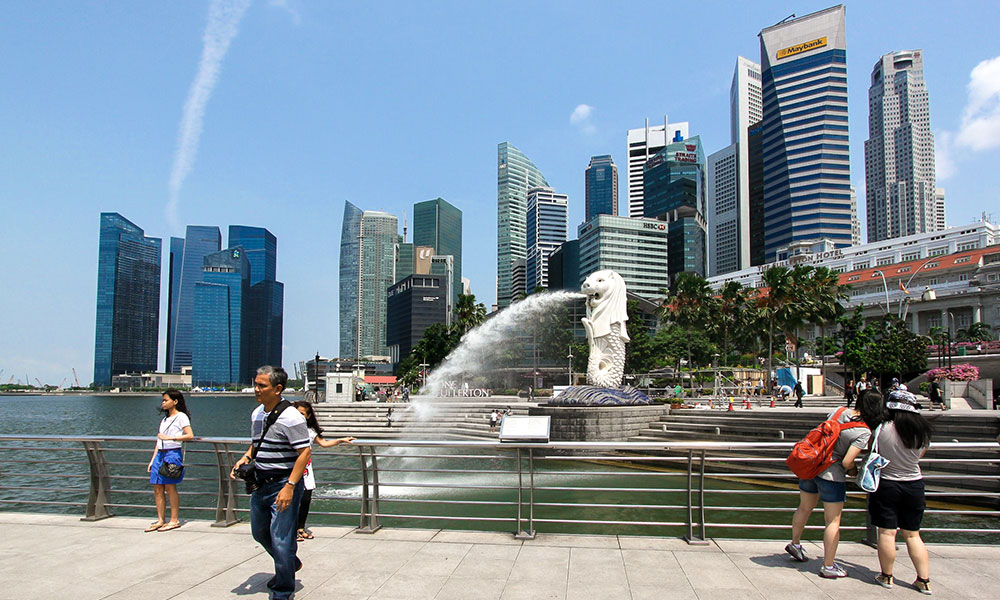
Image Courtesy of Photopin; license
Through its international work, ONS has become known for providing quality care information and content to oncology nurses around the globe. One recent example is the Asia-Pacific Breast Cancer Summit, held in Singapore from February 26–28, 2016, where ONS was invited to create a session specific to oncology nursing for February 27. ONS members Nancy Houlihan, RN, MA, AOCN®, and Jean Rosiak, DNP, RN, AOCNP®, CBCN®, traveled to Singapore to present on a number of topics affecting oncology nursing in the treatment of patients with breast cancer. While there, they noted the similarities and differences between treatment and healthcare practices in the region.
“It was very clear that halfway around the world, oncology nursing is very much the same,” Houlihan said. “Overall our presentation focused on nursing care, stressing evidence-based interventions for side effect management using the ONS PEP resources.”
“We wanted to provide a basic overview of breast cancer to assist the nurses in translating medical information to patients,” Rosiak said. “We presented an overview of how targeted therapies affected specific cellular mechanisms and specific adverse effects associated with these agents. We also wanted to educate nurses on the availability of evidence-based resources available through ONS.”
Rosiak and Houlihan were also invited to visit a local cancer center and university medical center as part of their visit. “We met with many bedside and advanced practice nurses, as well as educators and administrators,” Houlihan said. “Their hospital system allows for nurses to specialize, completing coursework and internships in various areas of oncology. They can then move to areas of need in the hospital.”
Facing Similar Challenges
According to Rosiak and Houlihan, nurses in Singapore face challenges around the high cost of drugs being prescribed and administered to patients with breast cancer, similar to nurses in the United States. “They experience greater challenges in Singapore with no insurance coverage for two of the most active agents for HER2-positive patients, trastuzumab and pertuzumab,” Houlihan said.
Although many of the practices for treating breast cancer are the same between Singapore and the United States, their health insurance system differs greatly. “They have a divided payer system, with private hospitals providing care to those who can afford private insurance and public hospitals providing care to those who cannot,” Rosiak said. “The patients in the public hospitals have the cost subsidized, but care received is limited to what they can afford to pay for their remaining portion.” This model may create gaps in coverage and care for patients.
Changing Cultural Trends
Early detection is one of the challenges facing breast cancer treatment and survivorship in Singaporean women. “They’re diagnosed later and are less likely to participate in screening programs,” Houlihan said. “The culture is changing slowly with increases in decision making by women. The nurses are impacting screening with their community outreach activities.”
Rosiak noted that the physicians coordinating the conference advocated for the nurses to have an instructional session. “They value the care and assistance that the nurses provide when caring for the patients.”
After returning from their trip, Rosiak and Houlihan said they plan to keep in touch with the nurses they met. “They were eager to share resources and identify opportunities for research,” Houlihan said. “We’ve had many email exchanges since returning and hope to pursue some of our discussions. We’re grateful for this experience.”





